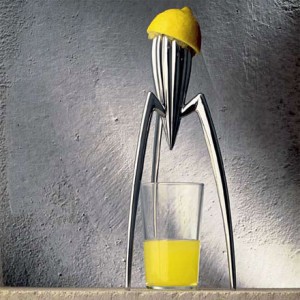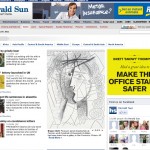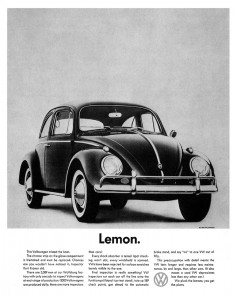I am a fan of the Tour de France.
So for the last three weeks I haven’t been into bed until way after midnight.
One of the biggest attractions has been the magnificent scenery along the route.
And last night’s time trial was amongst the most gripping TV I have seen in a long time. True, it was only guys racing the clock but there was so much at stake for Australia’s Cadel Evans.
He’s a machine.
I can’t wait to see him ride down the Champs-Élysées tonight as the winner. Only the third non-European to have won the race in its 108 year’s history.
There was another winner in this year’s tour and that was the SBS Tour Tracker App. This was a great example of well designed and well written application code. Even the live TV feeds worked.
Now for the losers.
I am afraid they were the advertisements. It was definitely the cycling and the scenery that kept me awake each night, not the ads.
Apart from the original SBS promo ad, which was excellent, the rest was crap.
If they had only run each ad once a night, then they would have been bearable but they ran them at every break and then night after night. Apart from Skoda, all the major sponsors had only produced one ad and they seemed to run them continually.
There was once a theory in media buying that frequency was the most powerful way to builds a brand message.
I think that frequency, at these levels, is the fastest way to damage a brand.













